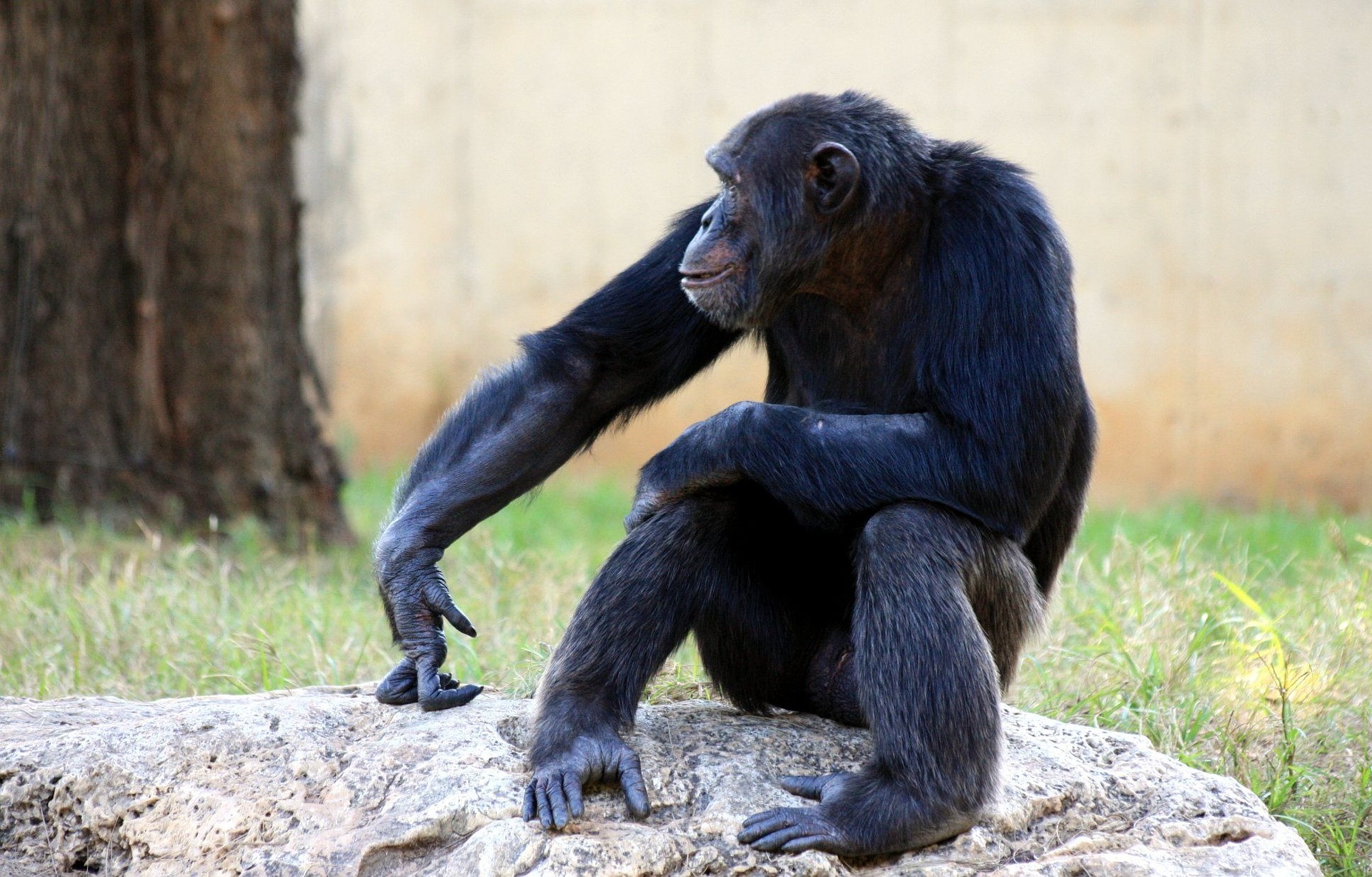Revision: Using animal models
 The following page is a revision of key points regarding the use of animal models in the study of human behaviour.
The following page is a revision of key points regarding the use of animal models in the study of human behaviour.
Animal testing has contributed to many life-saving treatments. Animal models help us to understand and treat conditions like diabetes, malaria, cardiovascular disease and cancer.
The results of animal research on stress - such as Sapolsky's research on health effects of stress in baboon hierarchies - has been replicated in human research, such as Marmot's Whitehall study.
Mice have actually had their genome sequenced.
Animals may be used in cases where it would be unethical to use human subjects.
Animals allow researchers to observe a behaviour over a lifetime or several generations. For example, Meany's research on the role of glucocorticoids on memory impairment in aged rats. Rats become sexually mature at six weeks; female rats reach menopause at age 15 to 18 months and the average life expectancy of a lab rat is 2 to 3.5 years.
Mice have similar immune systems to humans.
Although we share DNA with animals, the anatomic, metabolic, and cellular differences between animals and people make animals poor models for human beings
A large number of drugs tested on animals have not proven to be effective in humans. In some cases, they have even been harmful.
The behaviours we see in animals are analogous to human behaviour, but not identical to human behaviour. This is not just a question of constructs, but also the physiological underpinnings of the behaviour.
Many key symptoms of some disorders cannot be modelled in lab animals. For example, in depression - we cannot model depressed mood, feeling of worthlessness, and recurring thoughts of death or suicide. However, we can model learned helplessness, chronic mild stress and social withdrawal.
The stress response of rats functions differently than in humans at the genetic level. In other words, gene expression is different for similar tasks.
The question of whether we can apply human behaviours to animals. For example, do they have consciousness? Are we making anthropomorphic arguments and/or showing confirmation bias in our research?
The use of animals that are bred in captivity may serve as a confounding variable. In addition, the fact that many animals are habituated in the lab to human interaction may play a role in altering their behaviour.
It is not possible to determine the motivation of animal behaviour; it is often based on evolution based assumptions.
Key concepts
When discussing the validity of animal models in research on psychological disorders, researchers often look at the several types of validity. A strong animal model would have many, if not all of the following types of validity:
Construct validity: The behaviour of the model and features of the disorder being modelled can be unambiguously interpreted as being the same in the animal model and humans.
Mechanistic validity: the cognitive (eg. cognitive bias) or biological mechanisms (e.g. low levels of a neurotransmitter) underlying the disorder are identical in both humans and animals.
Face validity: Observable behaviour (e.g. social withdrawal) or biological markers (e.g. elevated levels of glucocorticoids) are identical in both animals and humans.
Predictive validity: This may focus on the “trigger” - that is, what triggers the symptoms or the disorder is the same for animals and humans. Or it may focus on treatment - that the effects of a treatment are the same in both animals and humans.

 IB Docs (2) Team
IB Docs (2) Team
